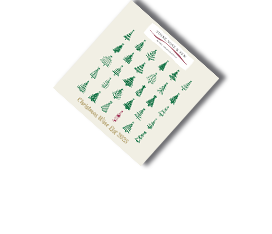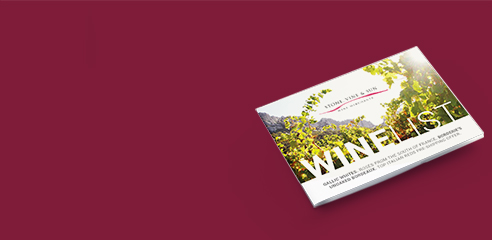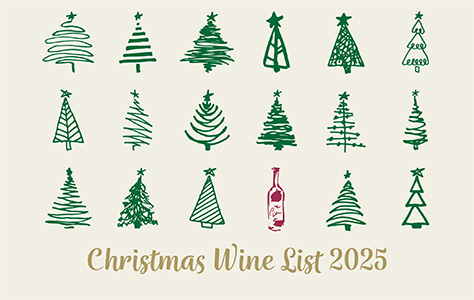Chenin Blanc
Origins
- Anjou in the Loire, where documented in the 9thC
- Also known as Pineau in the Loire, Steen in South Africa
Characteristics
- Naturally productive and high yielding
- Huge range of styles: bone dry (e.g. Savennières); off-dry (e.g. old fashioned South African "Steen"); medium dry (e.g. most Vouvray); sweet and luscious (e.g. Coteaux du Layon); and even sparkling (e.g. Saumur)
- Always high acidity, whatever the sugar level
- Can have odd aromas: wet dog, wet wool
- Good concentration, i.e. weight in the mouth, if not over-cropped
- When sweet can be very, very long-lasting - over 100 years - and even dry can benefit from several years of bottle age
Vinification/Maturation
- For fresh, neutral wines, cool fermentation and stainless steel
- For greater weight and complexity ageing in old oak barrels
Homeland
The Loire
- The vineyards of Anjou and Touraine, where it seems to thrive in calcareous soils and a marginal climate.
- Wines are made in all styles from the bone dry austerity of Savennières to the extremely rich wines of the two top Coteaux du Layon Crus, Bonnezeaux and Quarts de Chaume. These can produce some of the great sweet wines of the world, from grapes with plenty of botrytis, in vintages enjoying Indian summers.
Also to be found in…
- South of France, mainly SW
- US: California, where grown in huge volume as inoffensive jug wine
- South Africa: taken there in 1655 by Jan Van Riebeeck, still the most common white grape in SA, though declining
- New Zealand: small quantity, but some promise




